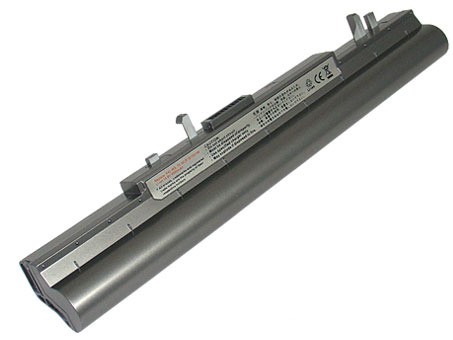Peredatchik Na Lampe 6p3s S P Konturom

Contents • • • • • • • • History [ ] The 6L6 is a descendant of the 'Harries Valve' developed by British engineer and marketed by the in 1935. Harries is believed [ ] to have been the first engineer to discover the 'critical distance' effect, which maximized the efficiency of a power, by positioning its at a distance which is a specific multiple of the - distance. This design also minimized interference of electrons dislodged from the anode. EMI engineers and improved the Harries design with a pair of beam plates, connected to the cathode, which directed the electron streams into two narrow areas and also acted like a to redirect some secondary electrons back to the anode. Spice girls best songs. The beam tetrode design was also undertaken to avoid the patents which the giant firm held on power in Europe.
Because this overall design eliminated the 'tetrode kink' (negative resistance) in the lower parts of the tetrode's voltage-current characteristic curves, which sometimes caused tetrode to become unstable, MOV (, a subsidiary of jointly owned with ) marketed this tube family under the sobriquet 'KT', meaning 'kinkless tetrode'. Because MOV's engineers did not feel the kinkless tetrode could be successfully mass-produced, they licensed the design to RCA. This proved to be a poor business decision on MOV's part. RCA subsequently had enormous success with the 6L6.  It replaced the use of power triodes in public-address amplifiers almost overnight. So many applications were found for the 6L6 that a complete list would be impossible to assemble. MOV introduced their version, the, a year later.
It replaced the use of power triodes in public-address amplifiers almost overnight. So many applications were found for the 6L6 that a complete list would be impossible to assemble. MOV introduced their version, the, a year later.
Vse cene so za 1 kos, na količine večje od 8 popust (lahko tudi mešano). Garancija na elektronke je 30 dni! Če kakšne elektronke, ki jo iščete, ni na seznamu, pokličite. Potrudili se bomo, da vam jo v najkrajšem času priskrbimo po najbolj ugodni ceni. Lampe se za razliku od njih ponasaju malo bolje narocito je to izrazeno u A klasi gde se tranzistorska pojacala ponasaju kao grejalice.Lampe se greju pa greju i na 1W i na 15W isto.Izlazni trafo zna da unese izoblicenja ako se ne dimenzionira dobro,a sta je na izlazu tranzistorskog pojacala-ELEKTROLIT pa svi znamo kako elektroliti ubijaju zvuk.
RCA's first version was an early tube. Like most with this base it had a metal, rather than glass, envelope. Later versions, including the 6L6G, 6L6GA, 6L6GB, 5881, 5932, 7027, and the final version 6L6GC had glass envelopes, which made cooling of the anode easier. The voltage and power rating of the 6L6 series were gradually pushed upwards by adding features such as a base, thicker plates, thicker grid wires, grid cooling fins, and special ultra-black plate coatings. The original metal version was rated for 19 watts dissipation while the later 6L6GC is usually rated for 30 watts.
A 'W' in the descriptor, as in 6L6WGB, identifies the tube as designed for mechanically rugged environments, such as military or airborne use. Variations [ ] Early variations included transmitting tubes such as the (1937) with 6.3V heater, plate (anode) connected to a top cap, and equivalent 12.6V 1625, the smaller (1936), the many KT versions marketed in Europe, and a subsequent vast array of audio and RF power tubes. One of the largest-volume post-WWII applications was in the basic design of television sweep power tubes, starting with the 6BG6G (1946), a modified.
TV designs rarely used in place of sweep tubes—a challenging high-power and high-speed application—until the 1970s. The 807 was preferred to the similar 6L6 by enthusiasts because high transient voltages on the 6L6's anode when operating in class C could cause a between pins 2 and 3 on the octal base, whereas this was not a problem with the top-cap anode of the otherwise identical 807, physically distant from all the base pins. In guitar amplifiers, this flashover problem sometimes occurs if the amplifier is operated without the speakers connected, causing the of the output primary winding to generate high voltages when the current changes due to the applied signal.
For this reason the speaker terminals of 6L6 tube amplifiers are sometimes short-circuited by a switching 6.3 mm jack when the speakers are disconnected. Further testimony for this device's success would be even simpler: as of 2012 the 6L6GC version was still being manufactured and used, primarily in. Manufacture continued in (two factories), (two factories),. (In 2006, Ei Electronics in discontinued making tubes.) The 6L6 has had one of the longest active lifetimes of any electronic component, more than 70 years. Characteristics [ ] •.